There are currently two types of light engines on the market, one is a high-PF but severely flashing electroless capacitive light engine, and the other is a flashless, low-PF electrolytic capacitor light engine.
So which kind of light engine is better?
cause
ExClara, a company in Silicon Valley, invented an LED system. In order to improve the power factor PF, not only the electrolytic capacitor was removed, but also the LED string was divided into several groups and turned on in order to completely match the current waveform and the voltage waveform. .
The result of this must be that the LEDs are intermittently illuminated and produce severe flicker.
Degree of flicker
LEDs originally need to have a certain starting voltage (2V or more) to turn on. Now it is necessary to wait until the input voltage rises to a certain height before turning on. This will inevitably make a big between the two half sine waves. The dark area (see the arrow area of ​​Figure 1) makes it much more flicker than other fixtures (like incandescent, fluorescent).
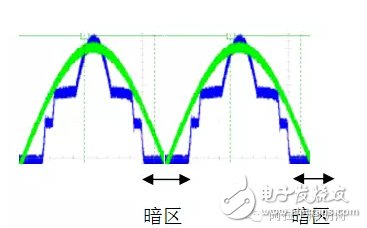
Fourth, the consequences and problems caused by flicker
1. Impact on the human body:
Will produce strain fatigue, blurred vision, and traditional headaches
Can cause seizures in patients with photosensitive epilepsy
Increase repetitive behavior among children with autism
2. Impact on production workers
Workers who require vision and vision can cause a decline in performance;
Workers who use or contact rotating machinery can have the effect of slowing down, stopping, or even reversing, which can lead to work-related accidents in severe cases.
3. Impact on athletes
For athletes who play at extremely high speeds such as table tennis badminton, there will be 2ms of darkness every 1/100th of a second. This kind of flashing of lights often causes problems such as misjudgment of the direction of the ball.
4. Influence on literary photography
Will leave stripes on the photo

Flashing 
No flicker
A long face exposure lens will produce a strange face when shooting
5. Impact on video, TV, and movie production
The flickering of the lights has a bad influence on the production quality of the film and television dramas, and there are ghosting and interference streaks that cannot be played.
6. Impact on security and security systems
Because the camera's camera moment may be just when the light is dark, it is possible to take a full black image, that is, lose a complete frame.
If this frame happens to be the moment of the mob, it loses an important piece of evidence.
Five, how can we eliminate the flicker
The easiest way
The most thorough approach is to eliminate the source of this brightness flicker. That is, after the rectification, electrolytic capacitor filtering is used to thoroughly filter out the AC ripple.
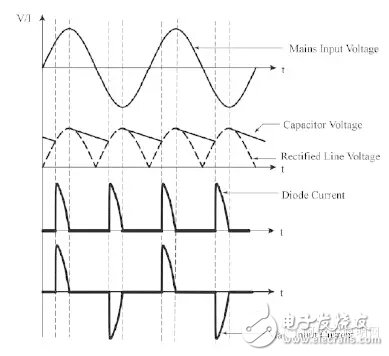
After electrolytic capacitor filtering, the rectified sine wave is basically smoothed to a waveform close to DC, with only a small ripple, and the larger the capacity of the electrolytic capacitor, the smaller the ripple.
In other words, the flicker is almost completely eliminated.
Six, the use of electrolytic capacitors "disadvantages" - low PF
Why should this "disadvantage" be quoted?
Because this test result is measured by the problematic power factor on the market! The test results of these power factor meters are very doubtful.
For example, we use the same 102W LED light engine system with electrolytic capacitors. The test results of different test instruments are as follows: The power factor of 0.6590 is measured by the digital power factor tester commonly used in the market.
However, if we use the Cosφ meter recognized by the national CHNT to test the same system, we can get the result of PF=0.9.
It can be seen that the test results of such a digital power factor meter are very problematic.
So what is the power factor?
The power factor is originally cosφ in a linear AC electrical system, that is, the cosine of the angle between the voltage sine wave and the current sine wave, which represents the direction in which the current sine wave with a different phase of the voltage is projected into the voltage vector.
Or it is the component value of the current vector that is in phase with the voltage vector. Multiplying this in-phase value by the voltage is the active power. Multiplication of two components by one component and voltage vector is reactive power. If cosφ=1, that is, PF=1, then there is no reactive power.
In a linear AC system, a cosφ is defined as a power factor in order to be compensated by another device with the opposite phase angle, so that its reactive power is zero.
However, in a nonlinear system using a rectifier, the current wave is not a sine wave at all, so it is not known at all what its cosφ is equal to. That is, I don't know how PF should be defined. There are four completely different definitions internationally said.
But the strange thing is that there are now power factor meters available on the market that can measure nonlinear systems. Only all these digital power factor meters can't give the positive and negative power factor, because they all use the ratio of active power to reactive power as the power factor, the power is not negative, of course, the ratio of the two powers is not Positive and negative signs.
This definition is clearly problematic, and the subject is now a master's thesis at a US university and a doctoral thesis at a Swedish university.
This problem can be explained very simply: one of the most important characteristics of the power factor is the positive and negative signs.
Because the power factor is divided into inductive load and capacitive load, the inductiveness is positive; the capacitiveness is negative, and the two can compensate each other. Usually household refrigerators, air conditioners, televisions, etc. are all inductive loads.
Therefore, the electric power bureau often has to add a large capacitor in parallel with the secondary of the transformer to compensate. The LED power supply plus the electrolytic capacitor is obviously a capacitive load, so it should be beneficial to the compensation of the power factor of the home appliance! However, the digital power factor meter on the market does not give a sign!
As can be seen from the above description, this so-called "disadvantage" of low power factor for an electrolytic capacitor light engine is a fundamentally unclear problem. If this problem is not ulterior motives, at least it is unnecessary. !
Seven, low-power LED lamps should not have power factor limitations at all
The country has very clear regulations on the power factor of small power appliances, that is, the power factor of 75W or less has no power factor requirements and restrictions.
For the lamps and lanterns, no power factor requirements have been proposed in the past. For example, most of the 36W fluorescent lamps commonly used in China use ballast inductors and starters, and its power factor is also very low, only about 0.51. The country has never said anything to it.
Later high-power metal halide lamps, even with a power of up to 1000 watts, also used inductors as ballasts, with a power factor of only 0.51, and were also inductive loads, and no one has ever proposed power factor requirements.
Later, it seems that there is no limit to 15W below for energy-saving lamps (because almost all commonly used energy-saving lamps are below 15W, so this requirement is meaningless!)
Just to the LED lights, but put forward very demanding requirements, power factor is not required below 5W. Everyone knows that the EU is usually the most demanding, and the EU proposes that only 25W or more requires power factor. Our country's requirements are actually five times higher than the EU! It seems that it is necessary to intentionally make it difficult to make LED lamps.
Eight, the light engine without electrolytic capacitors is not just flickering, there are many more serious problems.
The biggest problem is that it uses a very inefficient linear power supply, which is only 85% efficient. 15% of the power has become heat.
If this low-efficiency linear power supply is placed on an aluminum substrate to make a light engine, then 15% of the heat is applied to the LED.
Take the light engine that should be 10W as an example. Remove the power consumption of 1.5W, only 8.5W supply LED, actually the LED's electro-optical efficiency is 40%, it is originally 8.5x0.6=5.1W heat, and now it has increased 1.5W of heat, it is increased 1.5/5.1=0.3, which is equivalent to an increase of 30% of heat.
That is, the junction temperature of the LED is increased by 30%. The heat sink designed under normal conditions should have a junction temperature of 85 degrees and now increase to 110 degrees, which will reduce its thermal efficacy by 25% and life from 30,000 hours to 10,000 hours.
The concluding remarks should now be very clear: the advantage of a flicker-free, high-performance light engine is that it is much higher than the so-called high-PF, severely flickering light engine!
Micro motors Based on Dc Motor, micro motor belongs to the small size of dc motor,micro motor rotor, back cover, chassis, rotor winding is mainly copper, back cover most of the use of plastic material, motor shell use galvanized steel plate, the micro motor can be ROHS test.
A micro motor is any of a class of rotary electrical machines that converts direct current electrical energy into mechanical energy. The most common types rely on the forces produced by magnetic fields. Nearly all types of micro motors have some internal mechanism, either electromechanical or electronic, to periodically change the direction of current flow in part of the motor.
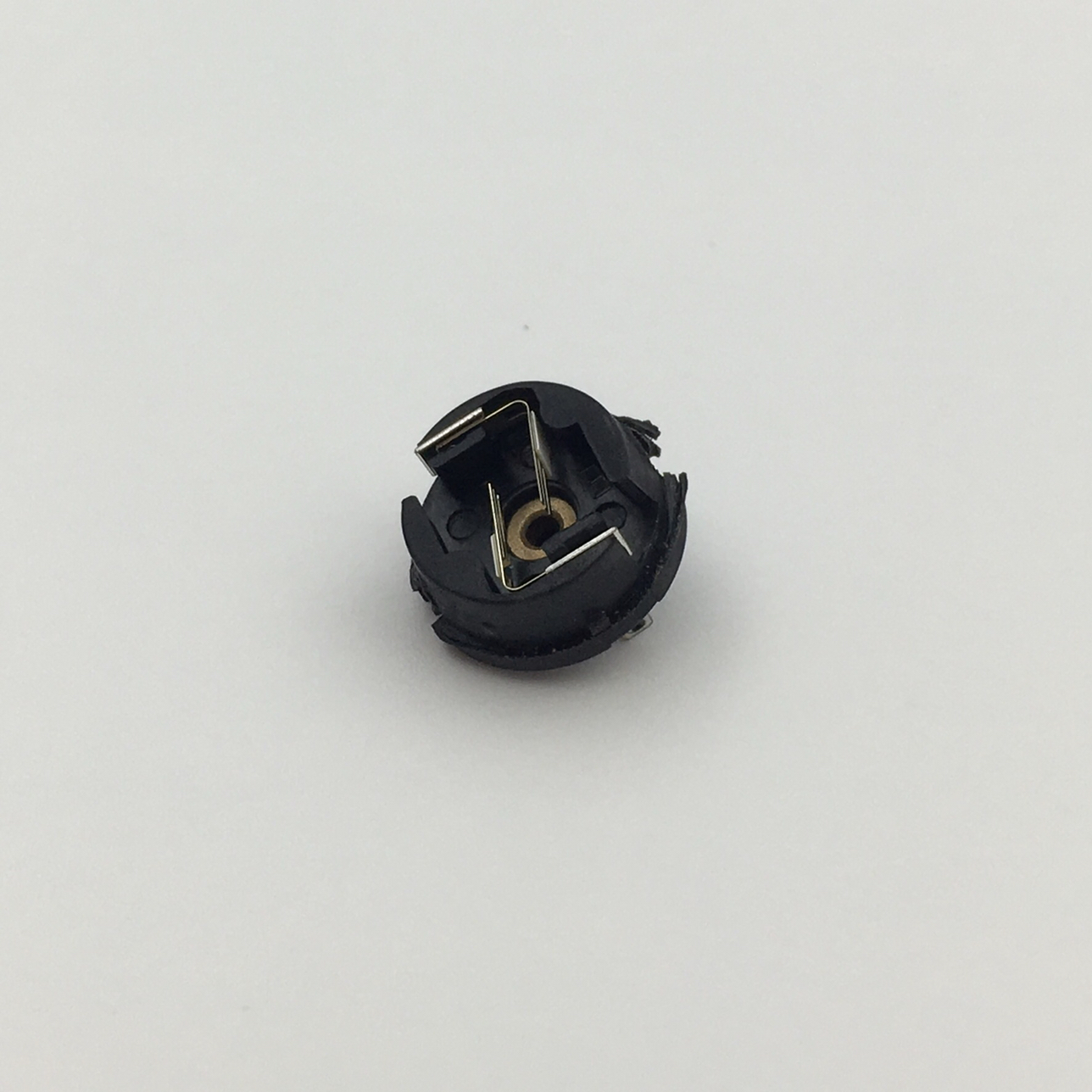
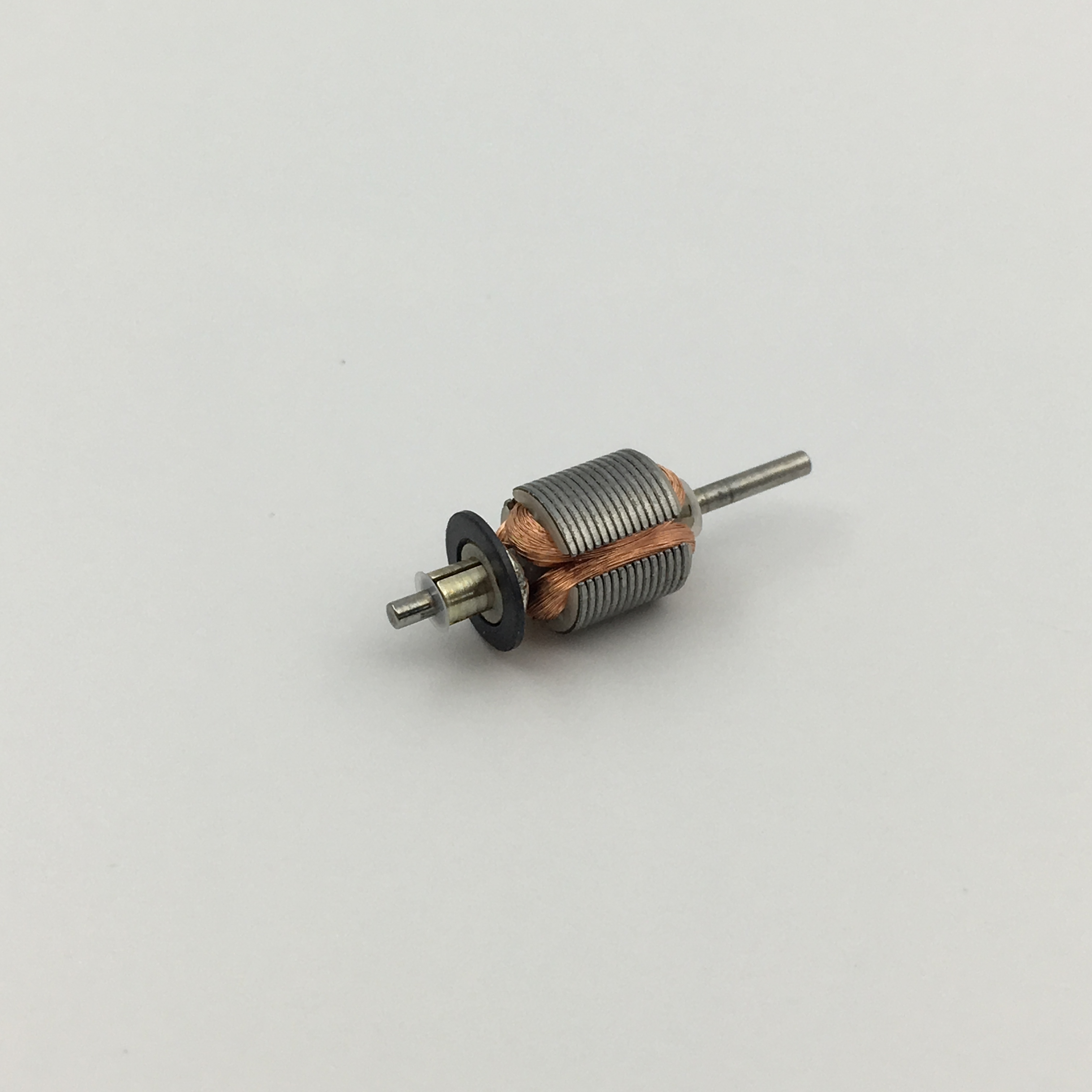
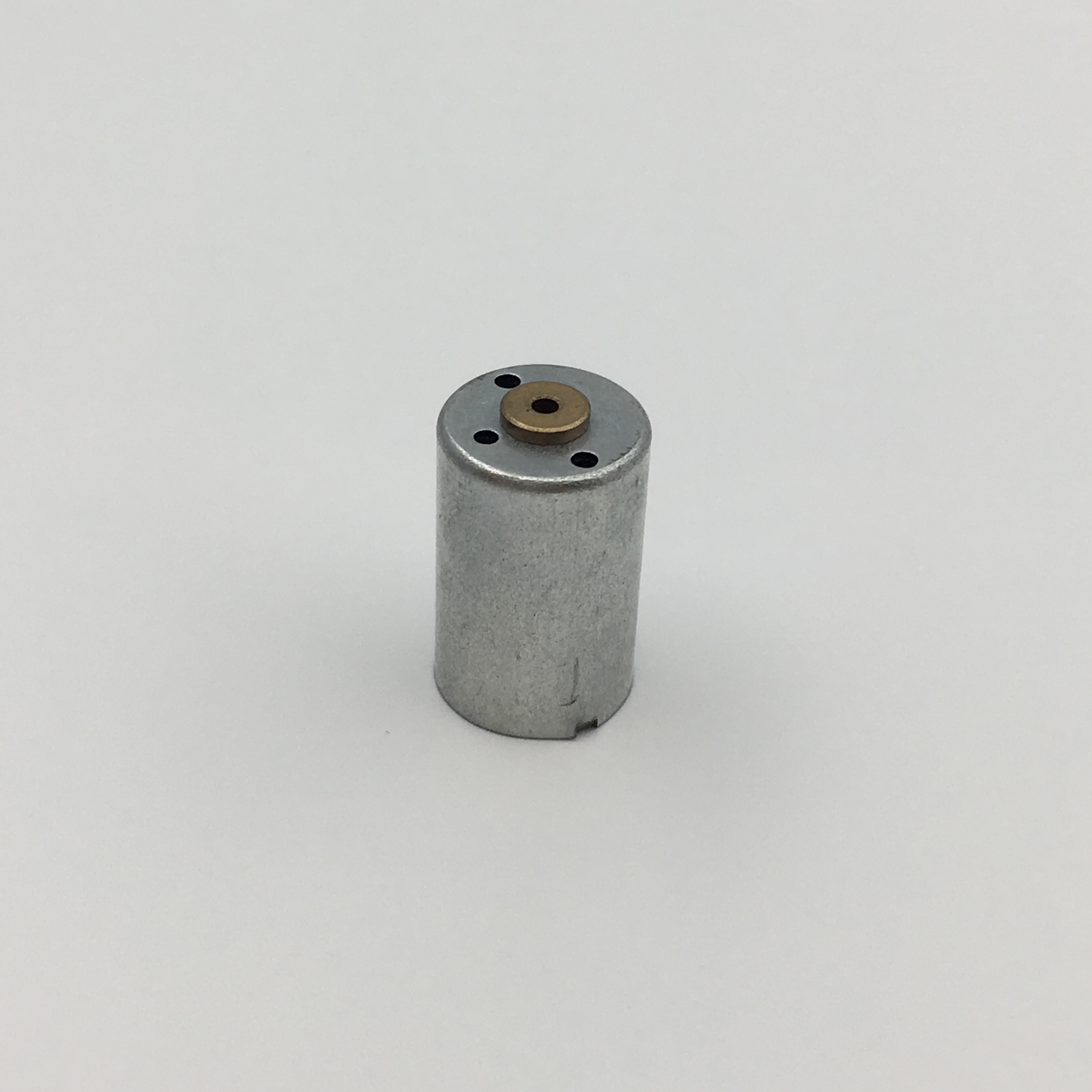
Micro motor is mainly used in: outdoor lamps, electronic toys, model aircraft, intelligent bin, breeze machine, etc
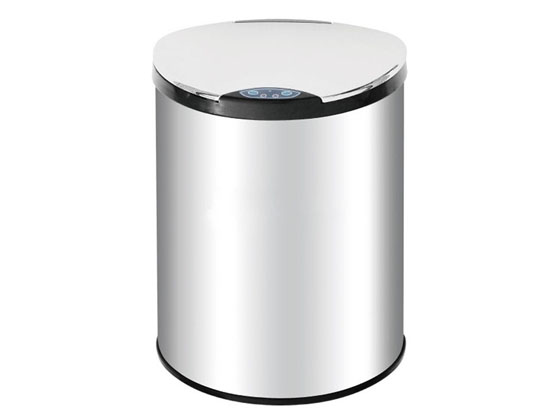
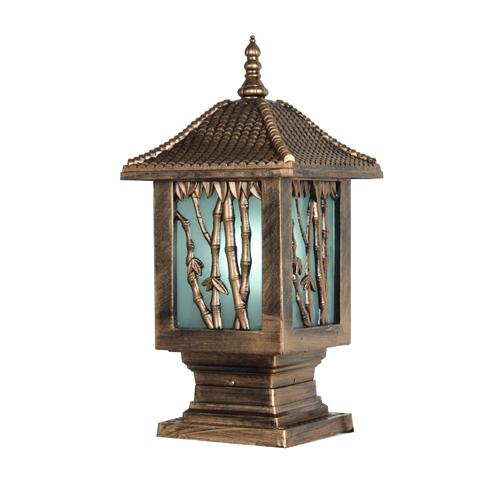
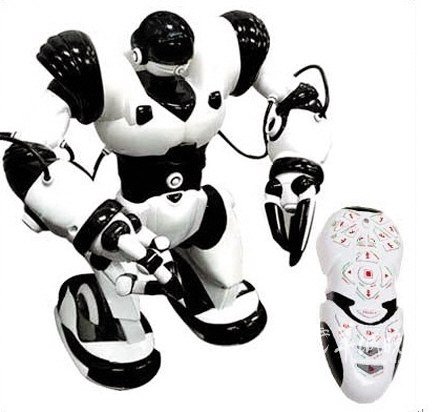
Method of use: the best stable in horizontal plane, installed on the Micro motor output shaft parts, cannot use a hammer to knock, knock prone to press into the micro motor drive, may cause damage to internal components, and cannot be used in the case of blocked.
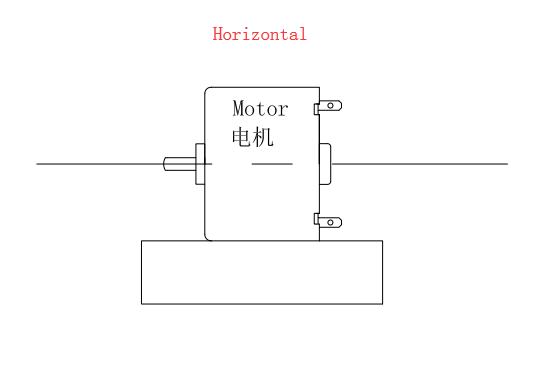
Operating temperature range:
Micro motor should be used at a temperature of -10~60℃.
The figures stated in the catalog specifications are based on use at ordinary room temperature catalog specifications re based on use at ordinary room temperature (approximately20~25℃.
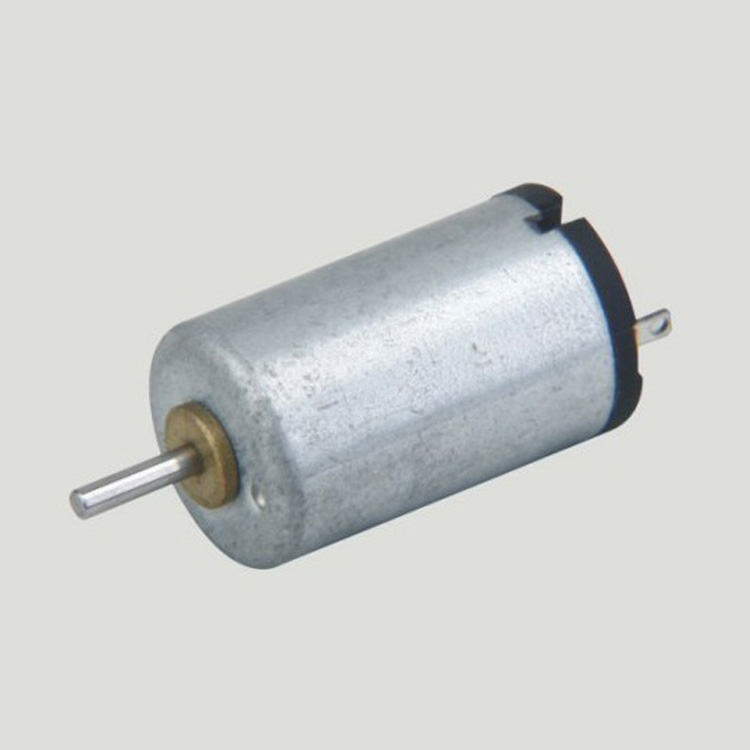
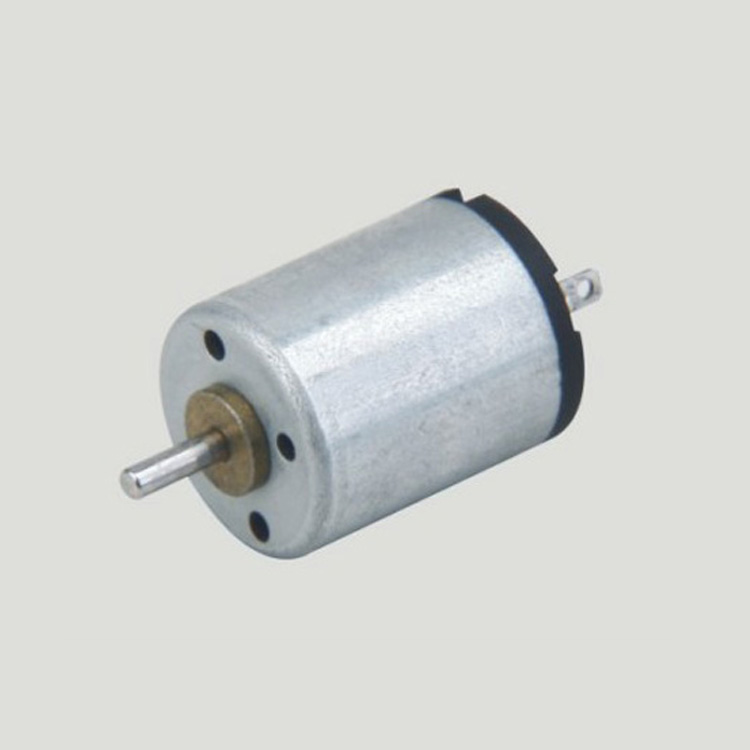
If a micro motor is used outside the prescribed temperature range,the grease on the gearhead area will become unable to function normally and the motor will become unable to start.Depending on the temperature conditions ,it may be possible to deal with them by changing the grease of the motor's parts.Please feel free to consult with us about this.
Storage temperature range:
Micro motor should be stored ta a temperature of -15~65℃.
In case of storage outside this range,the grease on the gearhead area will become unable to function normally and the motor will become unable to start.
Service life:
The longevity of micro motor is greatly affected by the load conditions , the mode of operation,the environment of use ,etc.Therefore,it is necessary to check the conditions under which the product will actually be used .The following conditions will have a negative effect on longevity.Please consult with us should any of them apply.
â—Use with a load that exceeds the rated torque
â—Frequent starting
â—Momentary reversals of turning direction
â—Impact loads
â—Long-term continuous operation
â—Forced turning using the output shaft
â—Use in which the permitted overhang load or the permitted thrust load is exceeded
â—A pulse drive ,e.g.,a short break,counter electromotive force,PWM control
â—Use of a voltage that is nonstandard as regards the rated voltage
â—Use outside the prescribed temperature or relative-humidity range,or in a special environment.
â—Please consult with us about these or any other conditions of use that may apply,so that we can be sure that you select the most appropriate model.
when it come to volume production,we're a major player as well .each month,we rurn out 600000 units,all of which are compliant with the rohs directive.Have any questions or special needed, please contact us, we have the engineer group and best sales department to service to you Looking forward to your inquiry. Welcome to our factory.
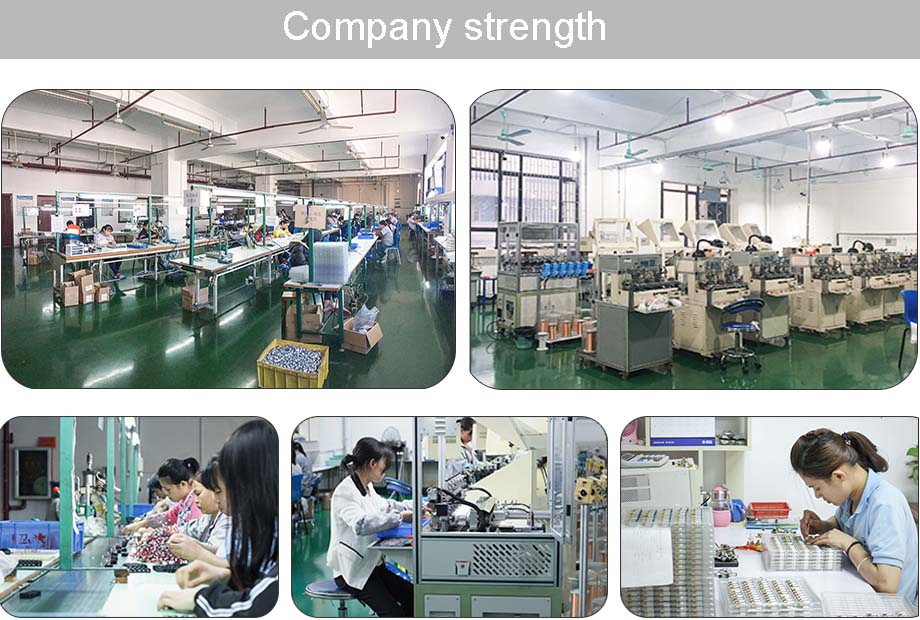
Micro Motor,Micro Dc Motor,Micro 3V Motor,Micro Electrical Motor
Shenzhen Shunchang Motor Co., LTD. , https://www.scgearmotor.com